Rescuing Leggy Tomato Seedlings: Tips And Techniques For Successful Rehabilitation
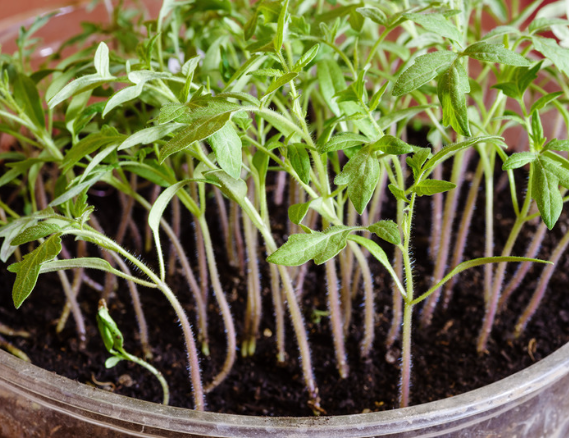
Introduction
Are your tomato seedlings looking taller, thinner, and a bit weak? If so, you might be dealing with leggy seedlings – a common issue among tomato growers.
Don’t despair! In this blog post, we’ll explore the causes of leggy growth, share practical tips and techniques to rehabilitate struggling seedlings, and discuss proven prevention strategies to ensure your tomatoes reach their full potential.
Key Takeaways
- Leggy tomato seedlings are caused by inadequate lighting, excessive nitrogen application, overcrowding, or poor air circulation.
- Techniques to fix leggy tomato seedlings include burying the stem deeper during transplanting, providing additional light sources, trimming leaves and stems correctly, adjusting water levels properly, and transplanting to a deeper container.
- Choosing the right tomato variety for your garden space and starting seeds at the appropriate time is crucial in growing healthy plants that yield an abundance of tasty tomatoes throughout the season.
Understanding Leggy Tomato Seedlings
Leggy tomato seedlings are characterized by elongated stems, fewer leaves, and thinner growth compared to healthy seedlings.
Causes And Symptoms Of Legginess
One of the main causes of leggy tomato seedlings is inadequate lighting. When seedlings do not receive sufficient light, they become desperate to reach a light source and seedlings grow taller than what is ideal for their overall health.
This results in a weak, spindly stem with sparse foliage that is less capable of supporting the plant’s weight as it grows.
Symptoms of leggy tomato seedlings are easily identified by their fragile, elongated appearance and thin stems. These plants often have fewer leaves compared to healthy ones and may bend or break under their weight if left unaddressed.
Weak-stemmed seedlings might also struggle to transport water and nutrients effectively throughout the plant structure due to its stretched nature.
Effects Of Legginess On Plants
Leggy seedlings can often be a cause of concern for hobbyist gardeners, as they can lead to various issues in the growth and health of tomato plants. One primary effect is weaker stems that struggle to support the weight of leaves and fruits, resulting in plants that are more prone to damage or even breakage.
Additionally, leggy tomato seedlings may experience reduced photosynthesis due to their small and pale leaves. This directly affects their ability to produce the energy required for proper growth.
In extreme cases, these weak seedlings may never fully recover or adapt well when transplanted outdoors, making it crucial for gardeners to address this issue early on using proven techniques such as burying the stem deeper during transplanting or providing additional light sources.
Techniques To Prevent Leggy Seedlings
There are several effective techniques you can use to rescue leggy tomato seedlings, including burying the stem, transplanting to a deeper container, providing additional light sources, trimming leaves and stems, and adjusting water levels.
Burying The Stem
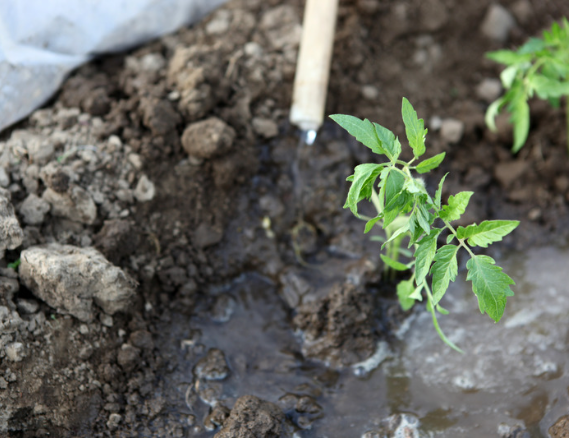
One effective technique for rescuing leggy tomato seedlings is burying the stem. This method helps promote root development and create a stronger, healthier plant. When transplanting your seedlings, simply dig a deeper hole and bury the entire stem up to the lowest set of leaves.
A hobbyist gardener can easily implement this technique in their home garden by carefully removing seedlings from their pots or trays while preserving as much of the delicate root system as possible.
Gently loosen any compacted soil and place seedlings into holes deep enough to accommodate most of their long stems. Once they are settled in with only their top leaves exposed above ground level, fill in around them with nutrient-rich potting mix or compost and water well to help establish new roots quickly.
Transplanting To A Deeper Container

Transplanting leggy tomato seedlings into a deeper container is an effective technique for rescuing them. When the stem of a plant becomes too long and spindly, it can be buried in the soil up to its first set of leaves.
To transplant your leggy seedlings, gently scoop them out of their current pot along with any surrounding soil, being careful not to damage any roots. Fill a new container with fresh potting mix and create a hole deep enough to accommodate the entire length of your tomato plant’s stem.
By following these tips on transplanting, you can save your leggy tomato seedlings by encouraging healthy growth through strong stems and robust roots!
Providing Additional Light Sources
Tomato seedlings require plenty of light to grow strong and healthy. When it comes to rescuing leggy tomato seedlings, providing additional light sources is essential.
Fluorescent or LED grow lights can be used as artificial light sources for indoor tomatoes. Keep the light source about 2 inches above the seedlings to ensure they get enough light without burning their delicate leaves.
Lack of light after germination is a common factor responsible for leggy tomato seedlings.
Trimming The Leaves And Stem
Another technique to rescue leggy tomato seedlings is trimming leaves and stems. This helps redirect the plant’s energy toward healthy growth, rather than wasting it on spindly stems and weak, undersized leaves.
To do this, use a pair of sharp scissors or pruning shears to snip off the top portion of each stem, cutting just above a set of healthy leaves.
It’s important not to go overboard with pruning; removing too many leaves can stunt growth and damage your plants in other ways. But when done correctly, trimming will promote stronger stems and encourage better airflow around your tomato plants – which can help prevent common problems like fungal diseases.
Adjusting Water Levels
One common cause of leggy tomato seedlings is overwatering. When seeds are soaked for too long, the soil becomes waterlogged and creates an environment that causes the roots to rot.
To avoid this issue, it’s essential to adjust water levels properly.
When watering your seedlings, make sure that you don’t add more water than necessary. It’s best to water seedlings when the top inch of soil feels dry but never let them dry out completely.
You can also pay attention to signs such as yellow leaves or wilted stems, which indicate whether your plants lack sufficient moisture or have been overwatered.
Best Practices For Growing Healthy Tomato Plants

Choose the right tomato variety, start seeds at the appropriate time, provide adequate light and airflow, fertilize and water appropriately, and prune effectively to ensure healthy growth.
Choosing The Right Tomato Variety
Selecting the right tomato variety is crucial for growing healthy plants. With so many options available, it can be overwhelming to choose one that suits your needs. It’s best to consider factors such as the size of the fruit, growth habit, and disease resistance when selecting a variety.
For example, if you have limited space in your garden or are growing tomatoes in containers, consider cherry or grape varieties that produce small fruits.
It’s also important to choose stocky plants with thick stems and bright green leaves when purchasing seedlings from nurseries or starting them from seeds indoors.
These traits indicate healthy plants that are less likely to become leggy and weak.
Starting Seeds At The Appropriate Time
To grow healthy tomato plants, it’s important to start the seedlings at the appropriate time. Starting them too early in the season can lead to leggy and weak growth, while starting them too late may not give them enough time to mature before the first frost.
The best time to start tomato seeds indoors is typically 6-8 weeks before your area’s last expected frost date.
Hobbyists need to research their specific climate and growing conditions when deciding on a suitable planting timeline. For example, those living in colder climates may need to start their tomato seeds earlier than those living in warmer areas with longer growing seasons.
Providing Adequate Light And Airflow
Tomato seedlings need ample light to grow strong and healthy. Lack of adequate light is one of the leading causes of leggy tomato seedlings. One effective way to provide additional light indoors is by using artificial lighting sources such as fluorescent or LED grow lights.
In addition to proper lighting, providing adequate airflow is crucial for healthy tomato plant growth. Good ventilation helps prevent diseases and provides the carbon dioxide that plants need for photosynthesis.
You can achieve this by opening windows or doors during the day or placing fans near your plants in enclosed spaces such as greenhouses or indoor growing areas.
Fertilizing And Watering Appropriately
Proper fertilization and watering practices are essential for healthy tomato plant growth. To fertilize your tomato plants, it is important to choose a high-quality fertilizer that contains balanced nutrients such as nitrogen, phosphorus, and potassium.
You can use either organic or synthetic fertilizers depending on your preference.
When watering tomatoes, make sure the soil is moist but not waterlogged. Overwatering can cause root rot and stunt plant growth while underwatering may lead to wilted leaves and stunted fruit development.
By implementing these simple tips in proper fertilization and watering practices with regular attention paid to good drainage and pruning techniques as well as crop rotation procedures you’ll surely be growing bountiful harvests of delicious homegrown tomatoes in no time!
Pruning Effectively
Pruning your tomato plants can positively affect both their health and yield, as long as it’s done correctly. Removing suckers that grow below the first flower cluster will encourage healthy growth.
This technique also helps to improve air circulation and prevent diseases like blight from spreading between plants.
It’s important to note that unpruned tomato plants yield more fruit than pruned ones; however, properly pruned tomato plants produce higher quality fruits with better flavor and overall plant health.
You should only prune when necessary and avoid over-pruning by keeping an eye on your tomatoes regularly.
If you want to learn more about plant care check out the Plant Care Guide
Conclusion
Don’t give up on your leggy tomato seedlings! With the right techniques and a little patience, you can rehabilitate these struggling plants and set them on the path toward healthy growth.
By transplanting to a deeper container, providing additional light sources, adjusting water levels, and trimming leaves and stems, you can fix legginess in your tomato seedlings.
Remember also to follow best practices for growing healthy tomatoes such as choosing the right variety, starting seeds at the appropriate time, ensuring adequate light and airflow, fertilizing and watering appropriately, and pruning effectively.
FAQs:
1. What causes tomato seedlings to become leggy?
Tomato seedlings can become leggy when they are exposed to low light conditions or when the temperature is too warm. This can cause them to grow tall and thin, with weak stems that struggle to support their leaves.
2. How can I rescue my leggy tomato seedlings?
To rescue leggy tomato seedlings, you should first improve their growing conditions by providing adequate light and adjusting the temperature if necessary. You can also carefully transplant them into deeper containers or bury them deeper in the soil so that more stem is covered and supported.
3. Can I prevent my tomato seedlings from becoming leggy in the future?
Yes, you can prevent your tomatoes from becoming leggy by ensuring they receive enough light at a consistent temperature between 65-75°F (18-24°C). Proper air circulation, appropriate watering practices such as bottom watering instead of sprinkling water on top of used soil, and selecting a suitable variety for your location will also ensure successful growth.
4. Are there any other techniques for rehabilitating Leggy Tomato Seedlings?
Yes, Another technique involves using a fan gently blowing across your plants which toughens up their stems and makes it easier for them to stand upright when transplanted outdoors. Additionally fertilizing with nitrogen-rich fertilizer helps boost new vegetative growth giving additional support before transitioning outdoors.

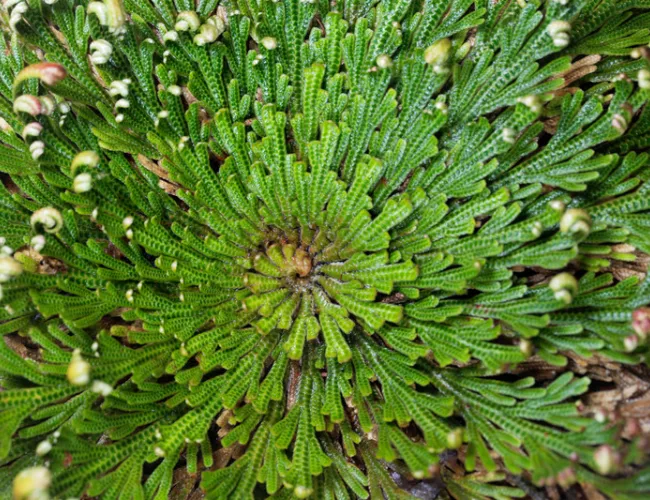
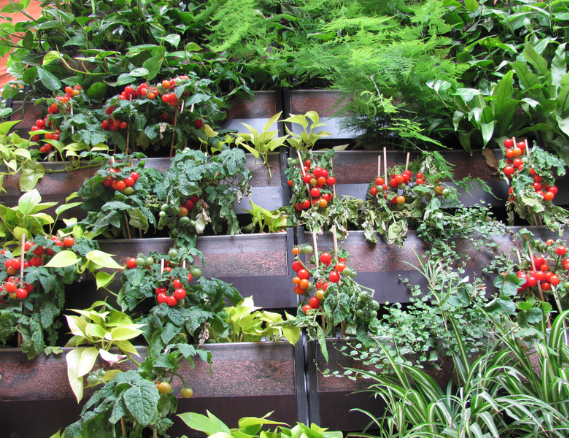
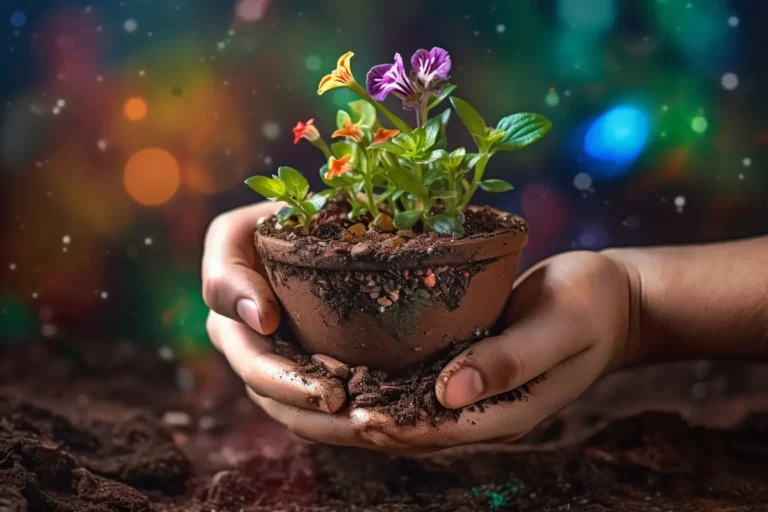

One Comment